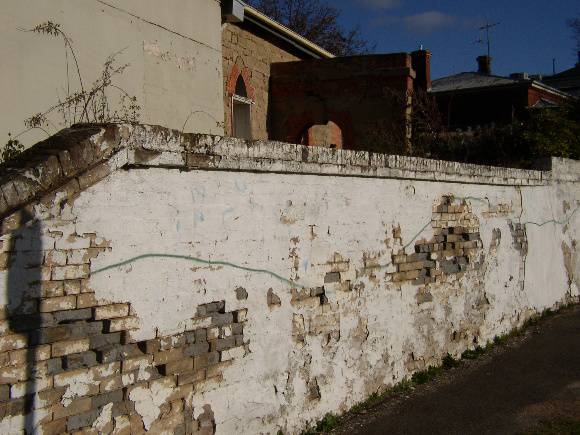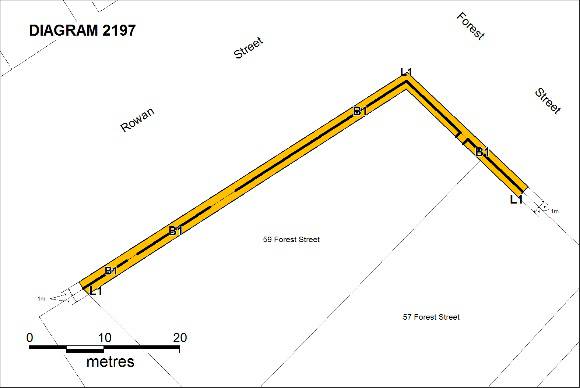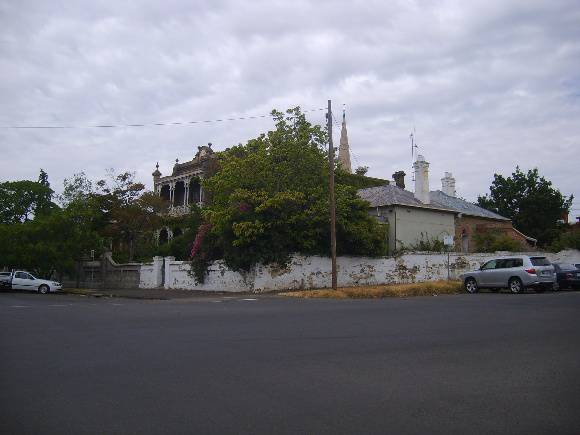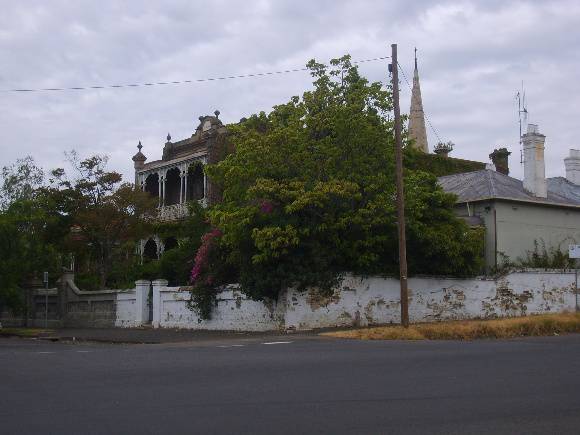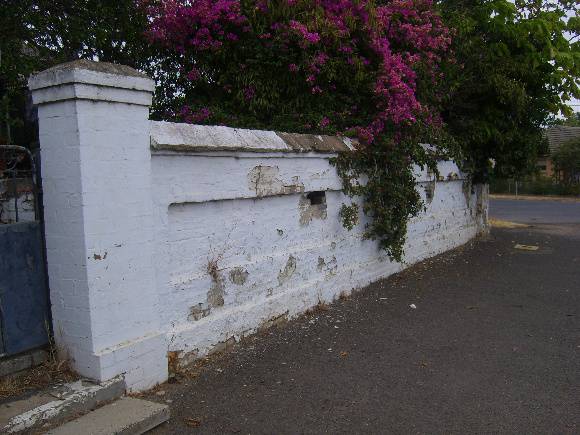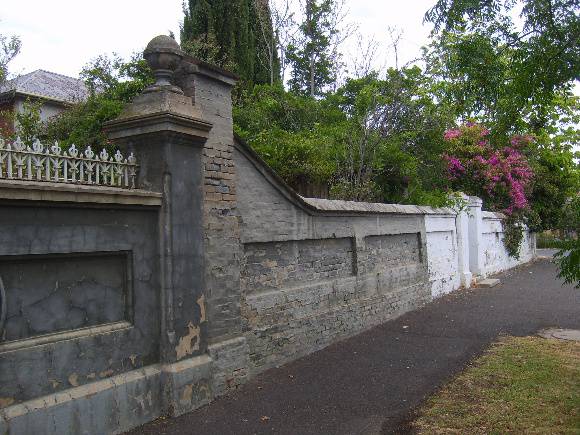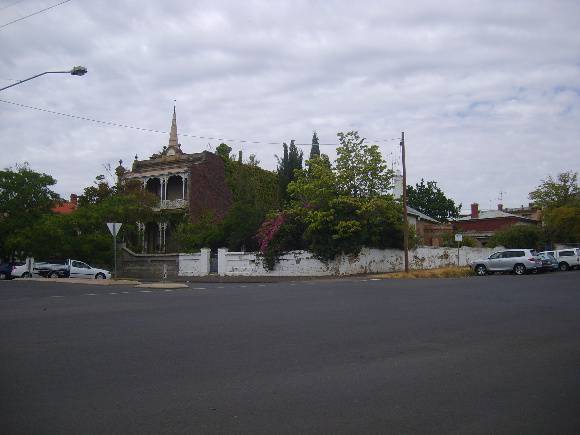| Back to search results » | Back to search page » |
|
CHINESE BRICK WALLS
Other NameCHINESE WALLS Location57-59 FOREST STREET BENDIGO, GREATER BENDIGO CITY
File NumberPL-HE/03/1197LevelRegistered |
|
Statement of Significance
What is significant? The brick garden walls at 57-59 Forest Street Bendigo, originally surrounding the house owned by local barrister and commander of the Sandhurst Volunteer Rifle Corps, Captain John Lysaght,on the corner of Forest and Rowan Streets, Bendigo. The garden walls were built in 1860 with Asian style bricks (narrow grey bricks) that were produced locally by Chinese brick-makers. The kiln that produced the bricks was located in Thunder Street, Bendigo, and was constructed and operated by A'Fok, Fok Sing and Co. The kiln commenced operation in 1857 . The wall, two bricks in width, extends 20.4 metres along Forest Street and 50.8 metres along Rowan Street with brick piers at each end, the corner and either side of the front gateway. There are two openings along Rowan Street and steps at the front gateway in Forest Street.
The brick garden walls at 57-59 Forest Street Bendigo are of historical and scientific (technological), significance to the State of Victoria Why is it significant? The brick garden walls at 57-59 Forest Street Bendigo are historically significant due to their association with the migration of Chinese people to Victoria during the gold rush and their assimilation into community and economic life. The brick garden walls at 57-59 Forest Street Bendigo are of scientific (technological) significance for the Chinese-style construction. As the bricks are objects directly associated with the Thunder Street Chinese brick making kiln (VHR 2106), this augments their significance, as together the wall and the kiln are outstanding examples of the technological and architectural transfer that took place during the Victorian gold rush period. The bricks are also of scientific interest for the information they provide on Chinese 19th century brick making techniques.
Group
Residential buildings (private)
Category
Fence/Wall


